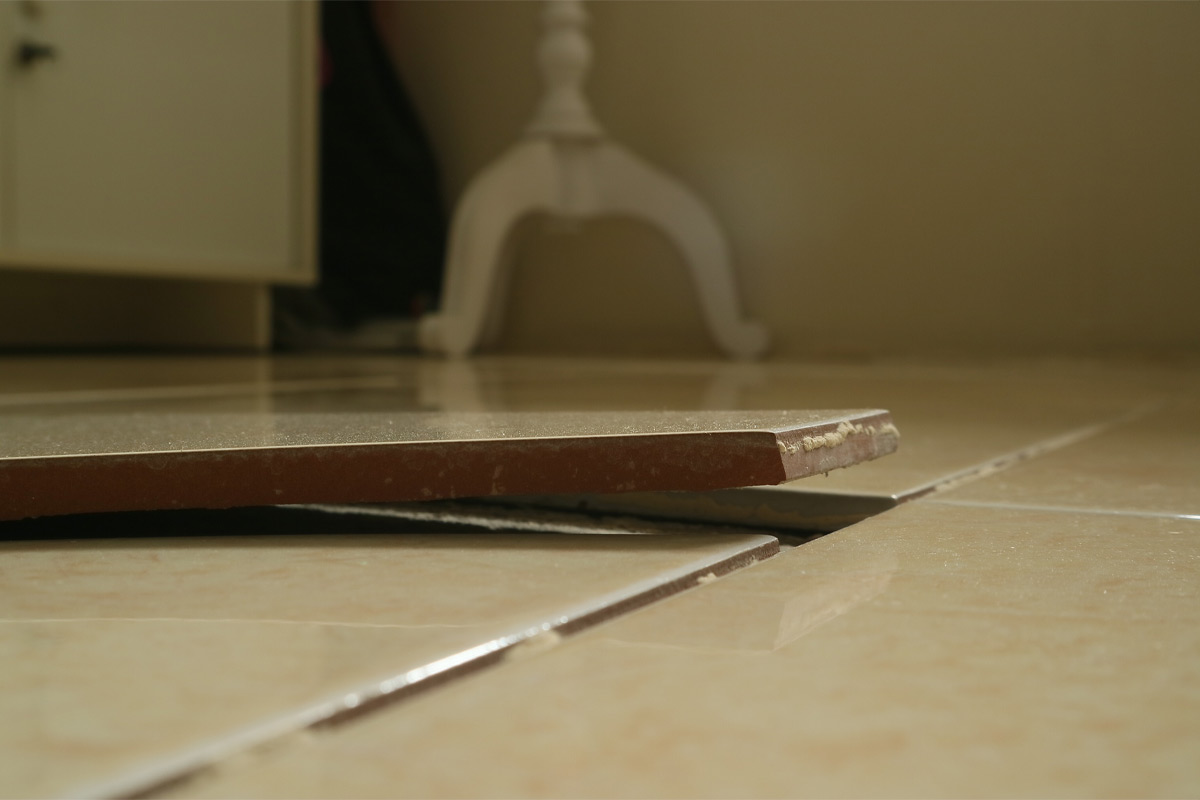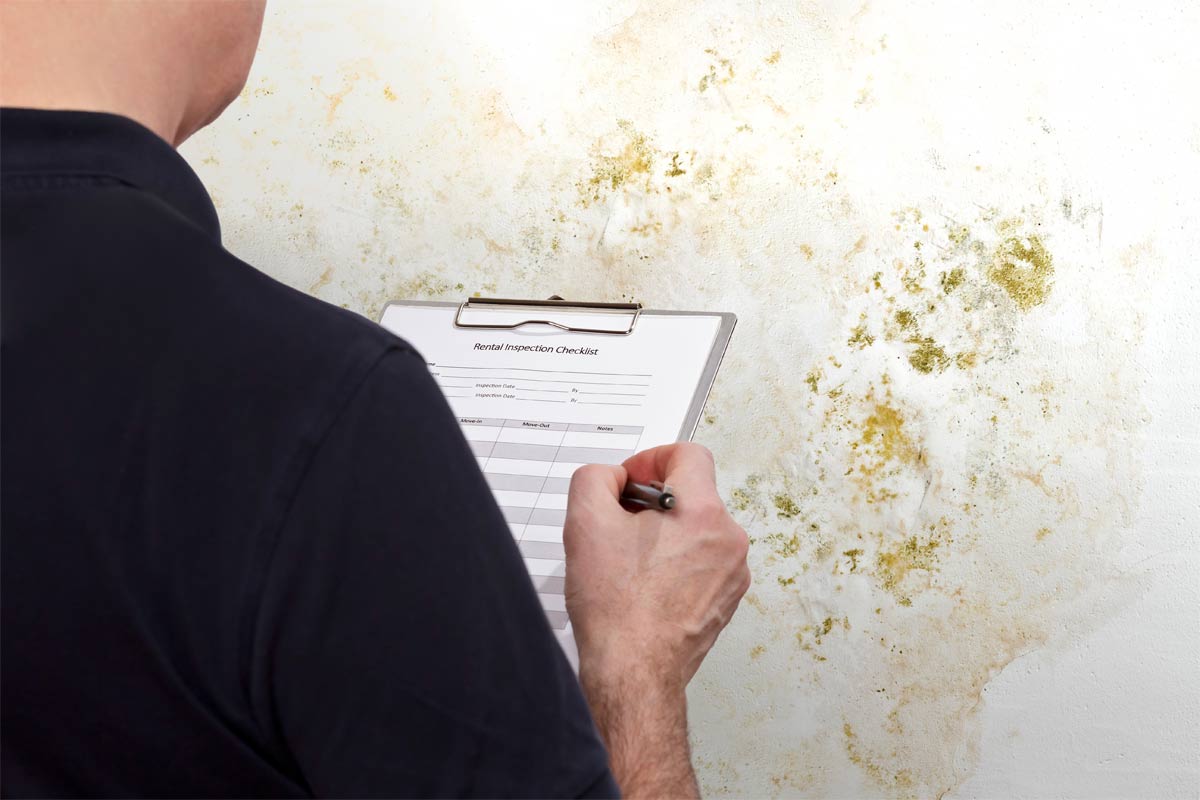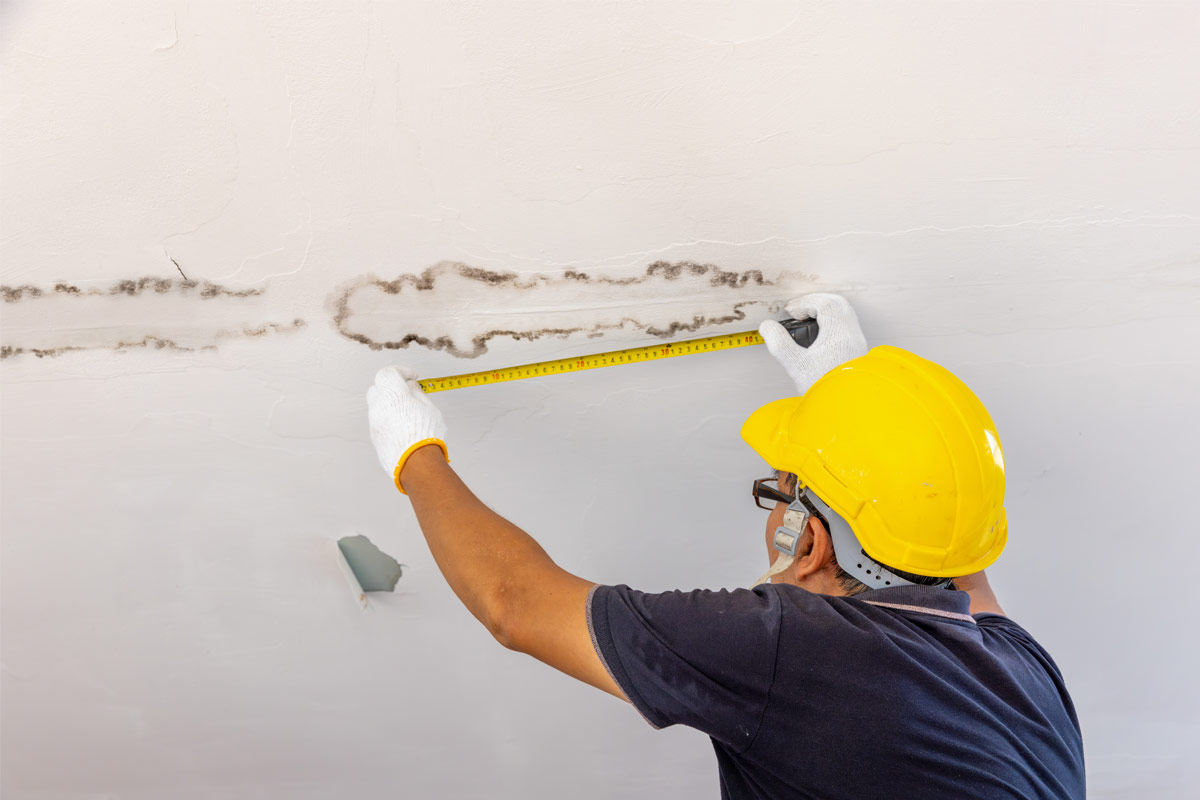Understanding normal wear and tear in rental properties is crucial for harmonious landlord-tenant relationships. Defining this concept clearly helps avoid disputes regarding security deposit deductions. This article will delve into the definition, provide illustrative examples, and offer practical advice for navigating this essential aspect of renting.
What Exactly is Normal Wear and Tear?
Normal wear and tear refers to the gradual deterioration of a property resulting from its intended use. This deterioration occurs naturally over time, even with proper tenant care. It is distinct from damage caused by negligence, carelessness, accidents, or abuse. Expected wear and tear includes minor issues arising from everyday living, for which landlords cannot typically deduct from the security deposit. Provincial tenancy laws across Canada generally acknowledge this distinction, aiming to protect tenants from being charged for the inevitable consequences of residing in a property.
Examples of Normal Wear and Tear
Understanding specific examples clarifies the distinction between acceptable deterioration and tenant-caused damage.
- Faded Paint: Exposure to sunlight and environmental factors causes paint to lose vibrancy over time, a natural property maintenance responsibility typically falling to landlords for regular repainting.
- Minor Scuffs on Walls: Minor scuffs and marks are an inherent part of normal residential occupancy, caused by everyday movement of furniture and wall brushing, and are not typically grounds for security deposit withholding.
- Loose Door Handles: Frequent door use often causes loosening of handles and hardware, a common issue. Landlords are responsible for tightening or adjusting these handles as a standard maintenance task.
- Worn Carpet in Traffic Areas: High foot traffic areas, like hallways and living rooms, are the most susceptible to carpet wear and tear, leading to fibre flattening and general wear down.
- Dirty Grout: Grout lines between tiles can accumulate dirt, grime, and stain over time due to normal use and moisture exposure, often unpreventable and classified as normal wear and tear in rental properties.
- Cracked Window Due to House Settling: Building foundation movement can cause stress on window frames and glass, causing cracks, which are normal wear and tear, not tenant negligence.
- Dings in Hardwood Floors: Hardwood floors are durable but susceptible to minor dings and scratches from foot traffic, furniture movement, and daily living activities, which are considered normal wear and tear.
What is NOT Considered Normal Wear and Tear?

Conversely, certain types of damage are beyond the scope of normal wear and tear and can justify deductions from a security deposit.
- Large Holes in Walls: Significant holes in walls, caused by forceful impacts, accidents, or misuse, are considered damage and require repairs beyond routine maintenance, affecting the property’s structural integrity and aesthetic appeal beyond expected deterioration.
- Broken Tiles: Cracked or broken tiles, caused by dropped objects, excessive force, or neglect, are considered damage beyond normal wear and tear. They indicate a lack of reasonable care and require replacement or repair.
- Pet Stains on Carpets: Pet urine stain on carpets is not considered normal wear and tear due to its potential for lasting odour and damage, necessitating professional cleaning or carpet replacement.
- Clogged Drains Due to Negligence: Drain blockages due to improper disposal of grease, food scraps, or other items are due to tenant negligence, indicating a failure to use plumbing fixtures responsibly and often requiring plumbing intervention.
- Broken Appliances Due to Misuse: The tenant is responsible for any damage to rental property appliances due to improper operation, abuse, or neglect, not normal wear and tear, and includes damage beyond expected lifespan.
- Unapproved Painting: Unauthorized modifications to property finishes or walls without landlord’s written permission are considered damage, as they alter the agreed-upon condition of the premises and may not align with the landlord’s aesthetic preferences or property management plan.
- Excessive Scratches on Hardwood Floors: Hardwood floor scratches or gouges, often caused by improper furniture movement or improper footwear, are considered significant damage, indicating a lack of reasonable care.
- Missing or Damaged Fixtures: Permanently affixed items like light fixtures, cabinet handles, or built-in shelving are considered normal wear and tear, requiring replacement or repair at the tenant’s expense.
The Importance of Documentation: Before, During, and After Tenancy

Thorough documentation is vital for both landlords and tenants to mitigate disputes regarding wear and tear.
- Initial Inspection Report
A detailed move-in inspection report, signed by both parties, documents the property’s condition before occupancy.
- Photographic Evidence
Photographs taken during the initial inspection provide visual proof of the property’s condition at the start of the tenancy.
- Regular Property Checks
Landlords conducting periodic, pre-arranged property checks can identify potential issues early on.
- Communication About Maintenance
Open communication about maintenance needs allows for timely repairs and prevents minor issues from escalating.
- Move-Out Inspection Report
A comprehensive move-out inspection, conducted with the tenant present, documents the property’s condition upon departure.
- Comparison to Move-In Report
Comparing the move-out report to the initial report helps determine if damage exceeds normal wear and tear.
- Itemized Deduction Statement
If deductions are made from the security deposit, an itemized statement with receipts is essential for transparency.
Understanding the nuances of normal wear and tear is fundamental to fair and equitable rental practices. Clear definitions, illustrative examples, and meticulous documentation contribute to positive landlord-tenant relationships and reduce the likelihood of disputes. By acknowledging the difference between natural deterioration and tenant-caused damage, both parties can navigate the rental process with greater clarity and mutual respect. For assistance managing your rental property and ensuring fair treatment regarding wear and tear, contact Rest Easy Property Management at (343) 880-EASY (3279).

